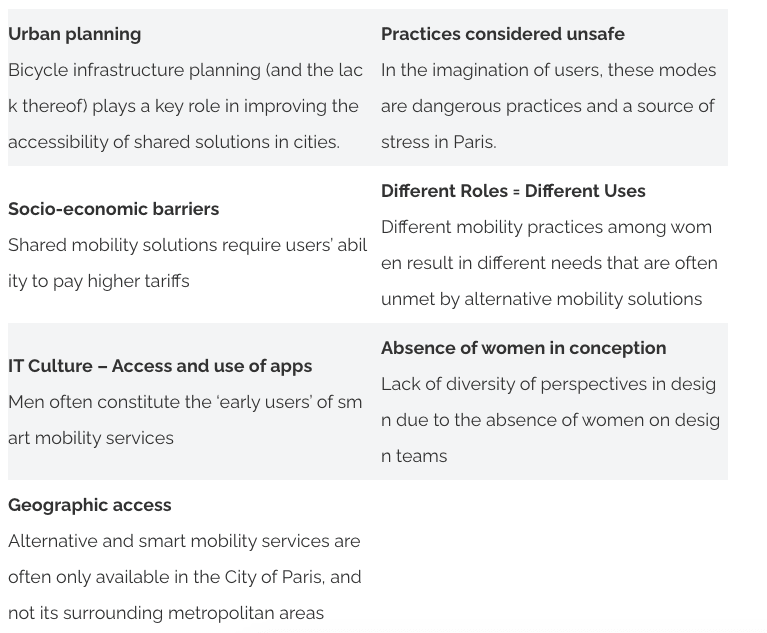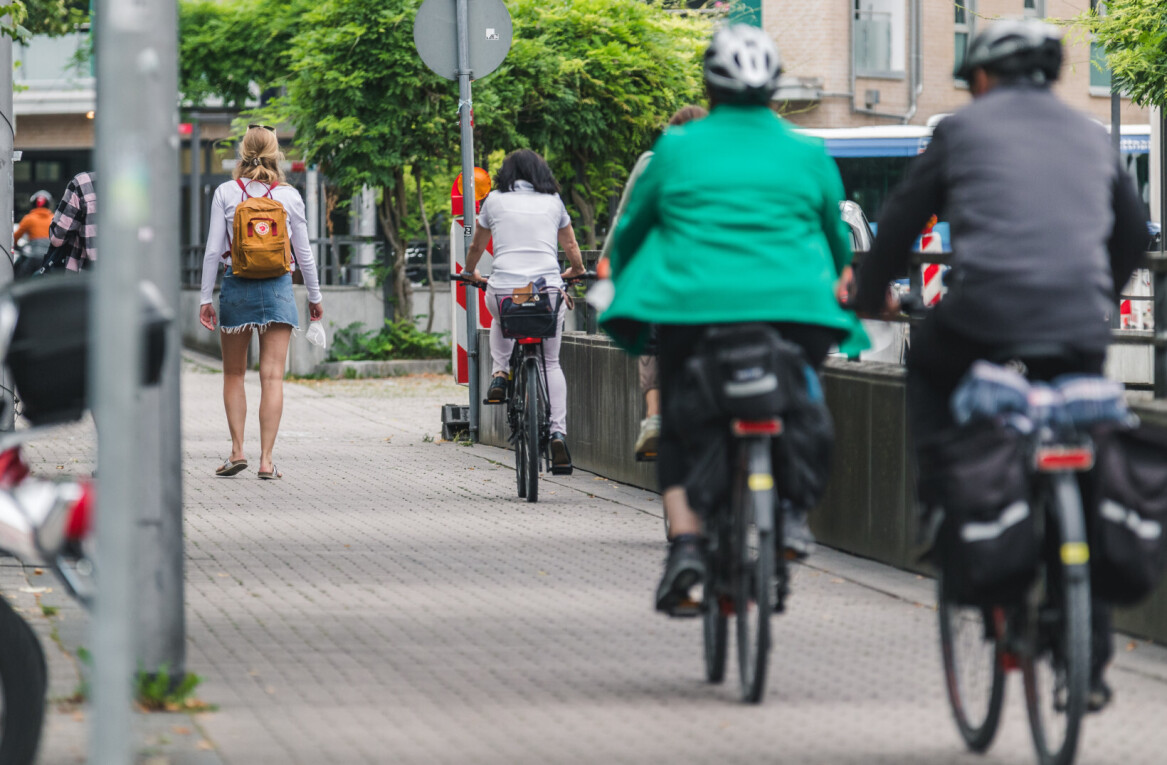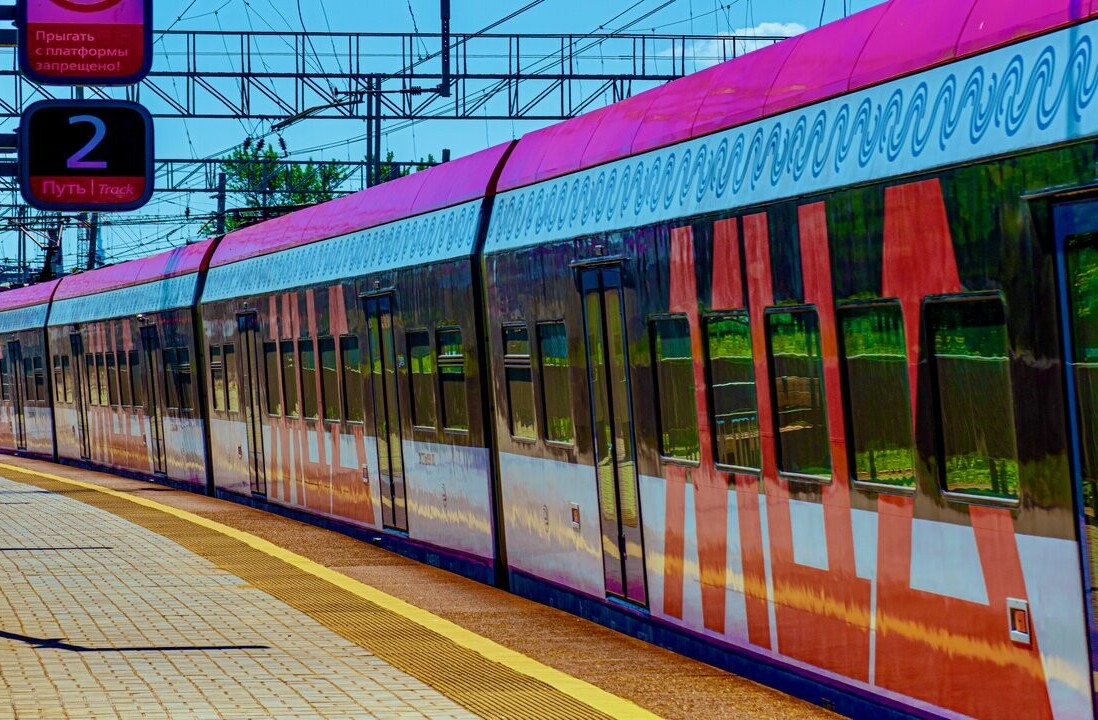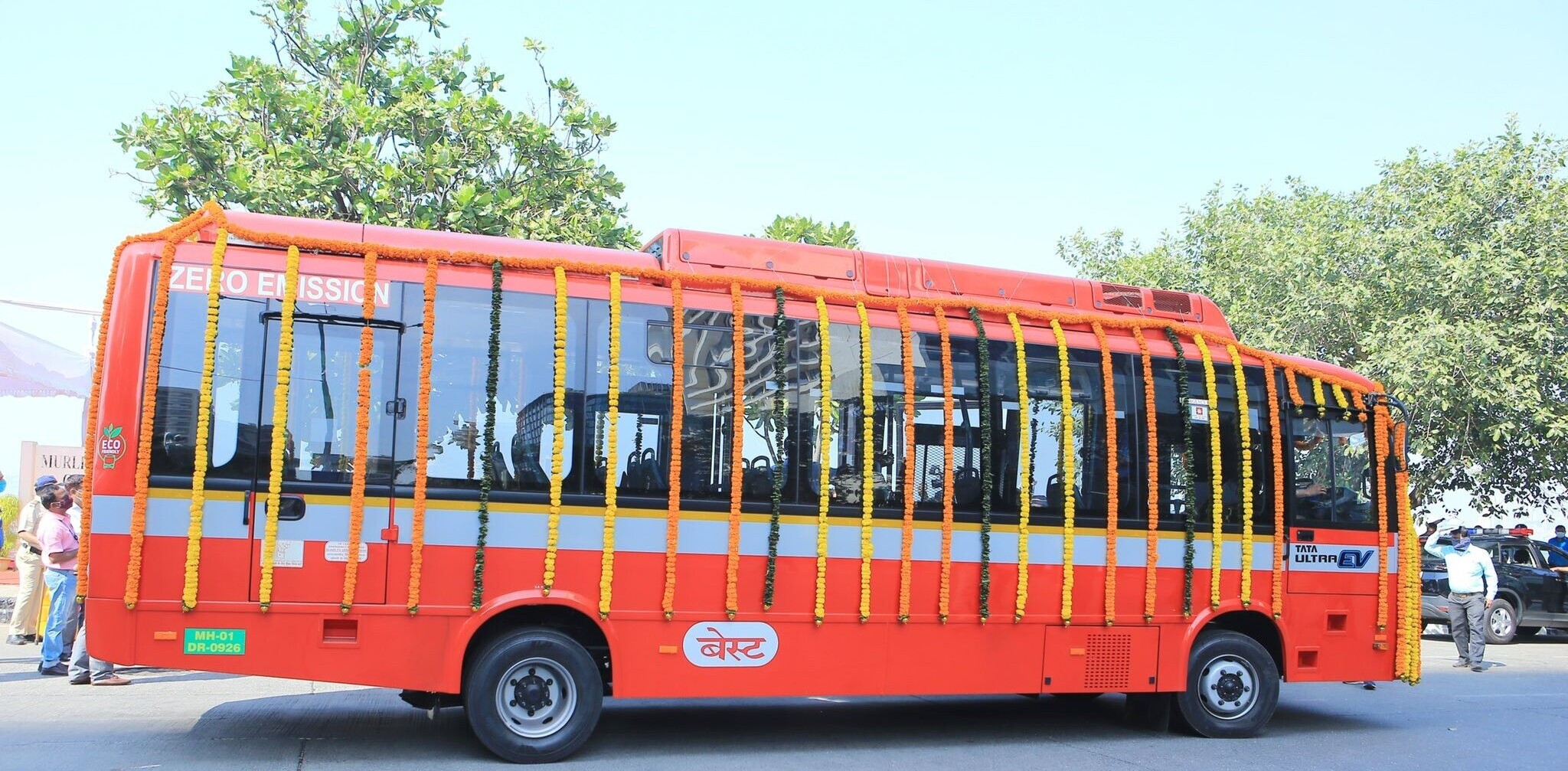The issue of inclusivity in mobility is pressing on two sides. On the service side, systems are largely designed following ‘standard’ commuting routes which often fail to address the diversity of people’s needs, generating discrimination by omission. On the labour market side, jobs in the transportation sector are in majority occupied by men as, according to Eurostat, women make up only 22% of transport workers in Europe.
Working to address gender-related inequalities in the transport sector, the European project TInnGO set up a Transport Innovation Gender Observatory that explores transport not just as a way of moving people from one point to another, but also as a potential means for the creation of gender equality.
This ambitious work has been carried out by 10 National Hubs. These hubs provide a platform for stakeholders to engage in a constructive dialogue about gender inequalities, with the intention of creating a window for transformative policies promoting gender smart mobility across Europe.
The French Hub operates in the Ile de France Region (IDF), and its work is dedicated to women’s safety and security. The Paris region was chosen as a site for the Hub and as a living lab for pioneering solutions in transportation, mainly due to the high prevalence of harassment and perceived insecurity in public transport systems. The Hub is analyzing, exploring and developing different aspects of women’s mobility in the region of Paris, further focusing on alternative mobility services and their safety & security.
In this article we present some of the research that the French Hub of TInnGO has conducted in recent months. We present the main trends when it comes to women’s mobility in the Paris Region and highlight the importance of working on safety & security as key entry points to address gender-related inequalities.
How women move in the Paris region
Landmark studies on European mobility identify different mobility behaviors between men and women. Such findings are confirmed when we look at the statistics on mobility patterns in the Paris Region. Mobility patterns between men and women differ in choices of mode, purpose, trip frequency, length and duration (Observatoire des déplacements à Paris; 2012):
- Women are more likely to walk and ride the public transport for their trips than men, while men rely more on personal vehicles use (car, motorcycle, bicycle);
- Women’s travels are more often non-work related and therefore outside peak hours;
- Women make more trips per day, often traveling for shorter and faster journeys;
- Women tend to use less shared mobility services than men
Shared mobility started appearing in the region in 2007 with the launch of the shared bicycle system, but it really proliferated after 2016 with the introduction of new car, motorcycle, bicycle and kick-scooter services. Their relative recent arrival explains a lack of detailed data on their usage, but shares presented below highlight strong gender differences. On average, if we consider all services, only 36% of shared mobility solutions users are women. They make up 40% of shared bicycle users, 33% of kick-scooters users, and only 16% of shared moped users.
Shared mobility: an inclusive solution?
By looking at the data, several questions come to mind: as there is an increasing number of alternative mobility solutions available in Paris, more flexible and adaptable to users’ needs, and potentially more adapted to women’s short and faster journeys, why is it that women continue to be underrepresented among shared mobility users? Can shared mobility be considered as a positive alternative to more classic modes of transport and a more inclusive mobility solution? Why are men, commonly from upper-middle class and higher education backgrounds, the main users of these new services?
Interviews led by TInnGO on women’s behaviors and barriers to the uptake of shared mobility solutions allowed to identify the following challenges:

Feeling of insecurity in the Paris region
Among the challenges identified, safety & security appear as two recurring elements that heavily influence women’s mobility choices and behaviours, even beyond shared mobility. Multiple research projects in the Paris Region have unveiled that women are more exposed to physical assault and harassment than men and feel more insecure when they use transportation services, especially in public transport (as well as in the public space) (Centre Hubertine Auclert; 2018 and Heurtel, IAU île-de-France; 2018).
Women’s perception of insecurity in transport goes beyond actual assault. The feeling of insecurity determines for instance the choice of type of transportation preferred, based on the time of the day, traffic or reason for traveling (going out, doing sports, groceries, etc.). On top of conditioning the choice of transport, such feelings also modify women’s behaviour, for instance influencing their clothing style and desired appearance.
Data from the Paris Region Institute shows that 51.4% of women, compared with 23.3% of men, declared feeling fear and insecurity in public transportation. The RER trains (connecting Paris to its surrounding cities) are considered the most anxiety-provoking mode, followed by the metro. Even if the level of fear in public transportation has been stable over the last decade, the data shows a shift in the geographical location: a recent study conducted by the Paris Region Institute highlights that IDF transport users indicate a prevalence of fear inside the vehicle (tram car, metro car, etc.), more than on the waiting platform. The evening hours constitute a supplementary factor of fear for a large part of respondents.
It is not a surprise then to see that women’s transportation choices in Paris change at night. A study commissioned by Uber to Harris Interactive shows that 52% of women choose to return home by car with friends and family after a night out, and 23% of them choose drivers platforms like Uber, Kapten and Bolt. Only 11% of respondents choose public transportation. Even if considered a safe means of transportation for many women, these platforms have also been at the centre of multiple awareness campaigns due to the occurrence of several episodes of sexual harassment and aggressions. In November 2019 for instance, the hashtag #Ubercestover has populated Twitter feeds in France and exposed the stories of many female users who had suffered from such harassment and aggressions while using the service. This campaign has pushed Uber to take measures and improve the functionalities of the app to ensure the security of its passengers.
Considering safety and security represents a fundamental factor in ensuring equal assess to all means of transportation in the Paris Region. The data presented in this article together with the users’ experiences collected during TInnGO research activities show that women’s transportation choices depend highly on their perception of security, both in the public space and on transportation means. Improving safety & security and taking into account women’s experiences and needs when planning for infrastructure (biking paths, metro stations, streets and squares), security devices (alert functions, phone numbers for victims), design (weight, seats, baggage space), and in general transportation services means improving the users’ experience for all.
To address these issues, the French Hub is hosting a panel on gender and mobility, focusing on security issues in the Paris Region at Autonomy Digital’s Industry Talks on the 4th of November, together with urban sociology and gender expert Chris Blache. Join us to learn more about the project and contribute to the debate! To sign up, click here.
This article was written by Cosima Malandrino, Mobility Consultant and Luc Berman, Consultant at LGI, on The Urban Mobility Daily, the content site of the Urban Mobility Company, a Paris-based company which is moving the business of mobility forward through physical and virtual events and services. Join their community of 10K+ global mobility professionals by signing up for the Urban Mobility Weekly newsletter. Read the original article here and follow them on Linkedin and Twitter.

SHIFT is brought to you by Polestar. It’s time to accelerate the shift to sustainable mobility. That is why Polestar combines electric driving with cutting-edge design and thrilling performance. Find out how.
Get the TNW newsletter
Get the most important tech news in your inbox each week.






